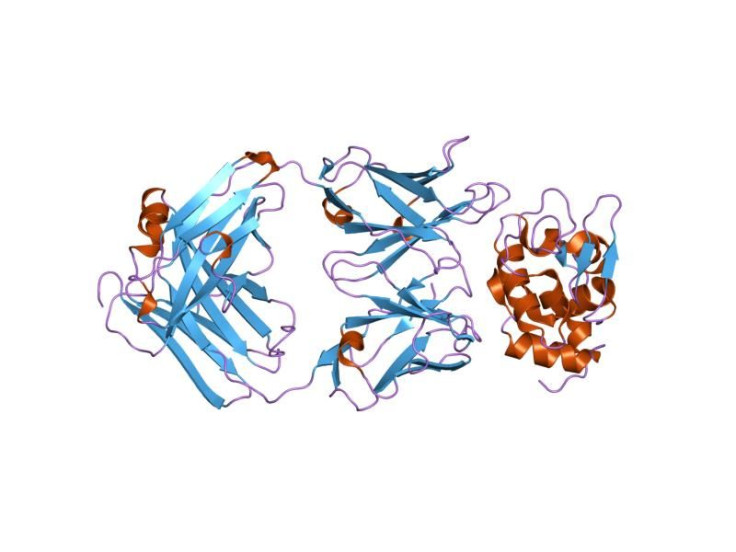'Superbugs' Found In Sewage Plants In China: Can Chlorine-Disinfected Wastewater Kill Antibiotic Resistant Bacteria?

“Superbugs” are bacteria that are resistant to antibiotics. An infection or illness caused by such bugs could potentially turn life-threatening if the antibiotic chosen to treat a patient fails to work. Through a series of tests, a team of environmental scientists from U.S. and Chinese universities discovered that two wastewater treatment plants in northern China not only failed to kill antibiotic-resistant bacteria but also provided a breeding ground for their spread. Specifically, the team found superbugs carrying the resistant gene known as New Delhi metallo-beta-lactamase-1 (also called NDM-1) in wastewater disinfected by chlorination.
“We often think about sewage treatment plants as a way to protect us, to get rid of all of these disease-causing constituents in wastewater,” Pedro Alvarez, Ph.D., professor of engineering at Rice University, said in a press release. “But it turns out these microbes are growing. They're eating sewage, so they proliferate. In one wastewater treatment plant, we had four to five of these superbugs coming out for every one that came in.” The research of Alvarez and his team is newly published in the American Chemical Society journal Environmental Science and Technology Letters.
Bugs, Bugs, Bugs!
Bacteria are present everywhere and can be found not only in the earth, water, and air but also in our own bodies. Your mouth alone contains more than 500 species of bacteria, your digestive tract trillions. Although thousands of species of bacteria exist, all of them are one of three different shapes: rod or stick-shaped bacilli; ball-shaped cocci; or helical or spiral shaped Borrelia. Bacterial cells may live as individuals or cluster together to form pairs, chains, squares, and other groupings. Some eat sunlight and air, and like plants, proliferate and give off oxygen. Others eat sugar, starch, sulfur, or iron. Some are vulnerable, others resilient and one species, Deinococcus radiodurans, has been found to withstand blasts of radiation 3,000 times greater than would kill a human being.
Significantly, bacteria contain genes, which is how they pass on their resistance to anti-bacterial drugs (antibiotics). In fact, bacteria with the gene causing them to be resistant have been found on every continent except for Antarctica. For years, antibiotic-resistant bacteria have been a concern of scientists because they can be transferred from person to person, and they make illnesses and infections very difficult to treat. For example, NDM-1 is a multidrug-resistant gene first identified in India during 2009. Once transferred, NDM-1 renders common bacteria, including E. coli, Salmonella, and Klebsiella pneumoniae, resistant to the strongest available antibiotics.
“We only realized they exist just a little while ago when a Swedish man got infected in India, in New Delhi,” Alvarez stated. “Now, people are beginning to realize that more and more tourists trying to go to the upper waters of the Ganges River are getting these infections that cannot be treated.”
Is Chlorine Effective?
For the published study, Alvarez and his team conducted experiments that provided evidence that microbes treated by wastewater plants might still carry the resistant gene and could transfer it to otherwise benign bacteria. First, they designed a method of extraction and analysis of antibiotic-resistant genes in extracellular and intracellular DNA from water and sediment. Next, they applied their new methodology to sites in China’s Haihe River basin, which drains an area where antibiotic use is prevalent. Their study found that the plasmids, gene-containing molecules within bacteria, persist for weeks in the river sediment. In this setting, they are able to invade bacteria indigenous to the area. The team discovered, then, that the resistant bacteria not only proliferate within the wastewater treatment plant itself but also propagate and disperse their genetic resistance in the general environment.
"This calls for us to take a look at these breeding grounds for antibiotic-resistant bacteria and how we might be able to create better barriers than chlorination," Alvarez stated. "I think we need to take a serious look at photo-disinfection processes, like ultraviolet disinfection. We also need a better understanding of how these microbes flow through the environment."
Source: Alvarez PJJ, Mao D, Luo Y, et al. Persistence of Extracellular DNA in River Sediment Facilitates Antibiotic Resistance Gene Propagation. Environmental Science and Technology Letters. 2013.



























